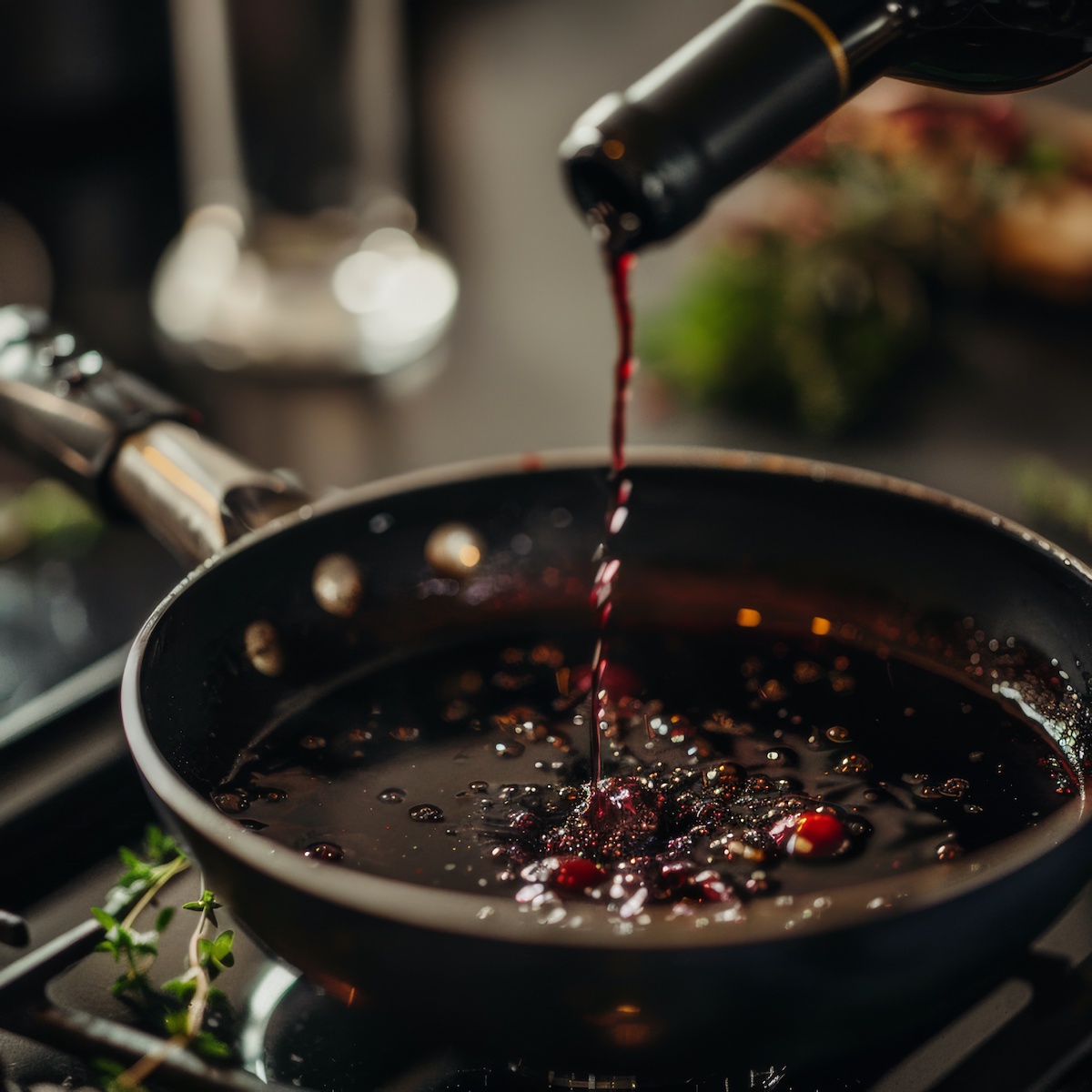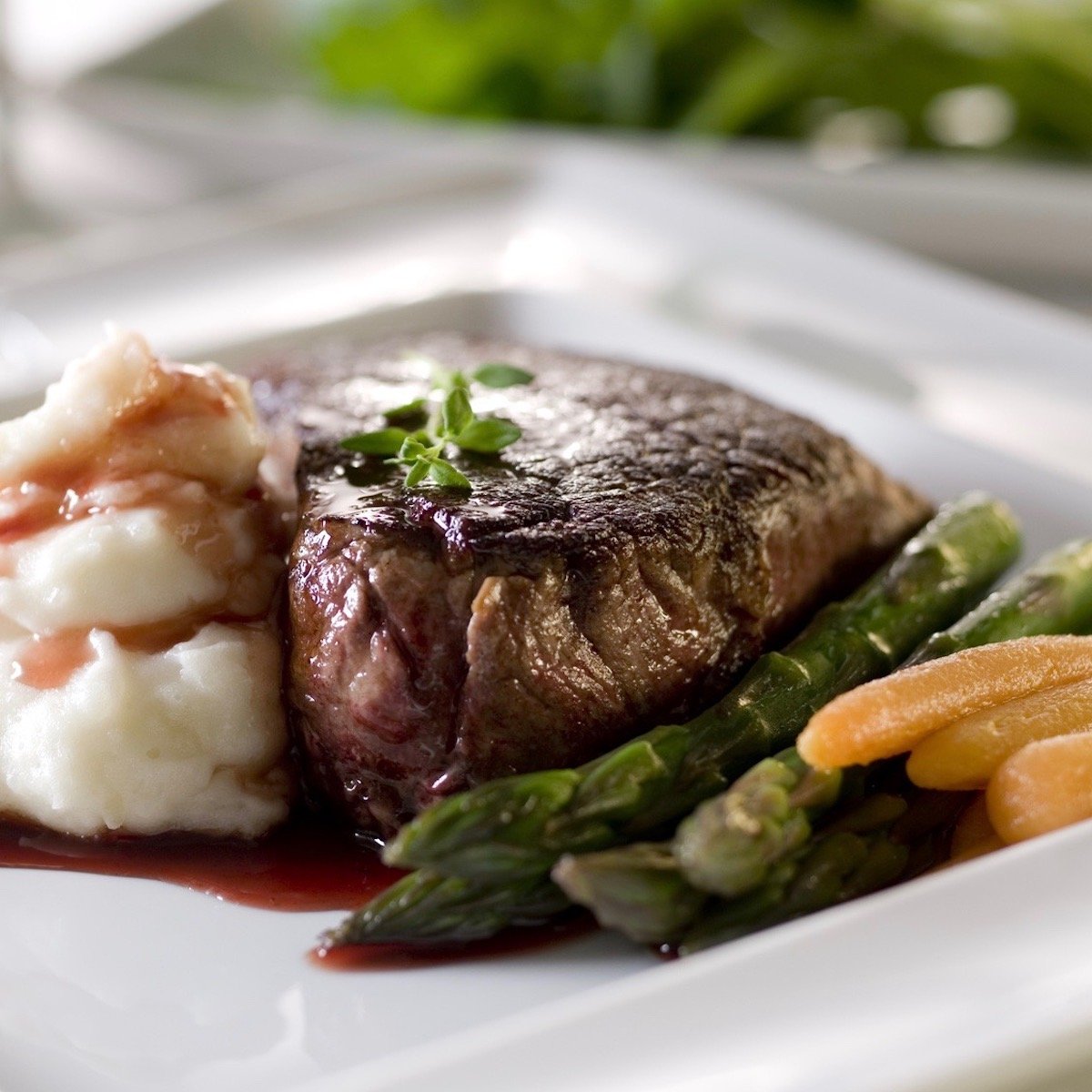
How to Deglaze
Deglazing a pan is a cooking technique that involves adding liquid to a hot pan to loosen and dissolve the flavorful browned bits (fond) that have stuck to the bottom during the cooking process.
These browned bits are rich in flavor and are a result of caramelization and Maillard reactions, contributing depth and complexity to the dish. Deglazing is often done after sautéing or searing meat, poultry, or vegetables.
By the way, another term for fond in cooking is “sucs.” Both terms refer to the flavorful browned bits that develop on the bottom of a pan during the cooking process, particularly when searing or sautéing meat or vegetables.
Here’s how the deglazing process typically works:
Cooking Ingredients: Begin by cooking your main ingredients (such as meat or vegetables) in a hot pan. The high heat promotes browning, creating flavorful fond on the bottom of the pan.
Remove the Main Ingredients: Once the main ingredients are cooked, remove them from the pan. This step is essential as it allows you to access the fond at the bottom of the pan.
Add Liquid: Pour a liquid into the hot pan. Common liquids used for deglazing include wine, broth, stock, vinegar, or even water. The liquid helps to lift and dissolve the flavorful bits stuck to the pan.
Scraping the Pan: As the liquid heats up, use a spatula or a wooden spoon to scrape the bottom of the pan. This action helps to release the fond and incorporate it into the liquid. The process is often accompanied by a sizzling sound.
Creating a Sauce: The liquid, now infused with the dissolved browned bits, can be reduced to create a flavorful sauce. The resulting sauce can be poured over the main ingredients or used as a base for further culinary creations.
Deglazing serves several purposes:
Flavor Enhancement: By incorporating the fond into the liquid, you capture and intensify the rich, caramelized flavors developed during the cooking process.
Pan Cleaning: Deglazing helps to clean the pan by releasing the stuck-on bits, making it easier to clean later.
Sauce Creation: The liquid obtained through deglazing can be further reduced to create a delicious sauce that complements the main dish.
This technique is widely used in various cuisines and is a fundamental step in creating flavorful and well-balanced dishes, particularly in recipes that involve pan-searing or sautéing.









